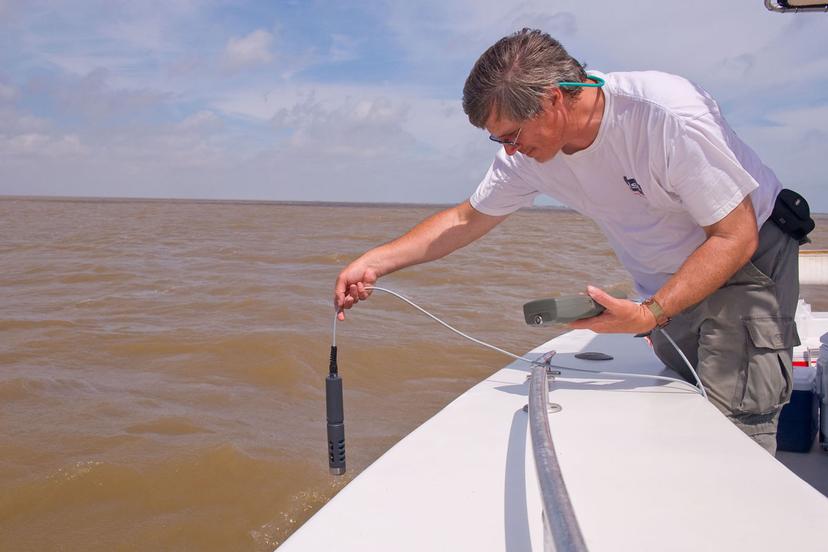Environmental Science and Conservation

Overview
Environmental science and conservation is the study of the environment and the effect that human activity has on it. Damage to the land, water, air, plants, and wildlife is assessed, and natural occurrences and interactions in the environment are also studied, with an aim to prevent further damage and to keep people, animals, and the environment healthy. Many animals and plants have gone extinct over the years, and many are currently endangered or threatened. Environmental scientists study the environmental factors that contributed to their demise or are threatening the species. Studies also focus on global warming, ozone depletion, forest conservation, soil erosion, and changes in the Earth's atmosphere.
Environmental problems stem from our expanding population and our technological advancements. The Industrial Revolution in England in the 18th century, and in the United Stated in the early to mid-1800s, had a major effect on the environment. The growth of factories and machinery polluted the environment and depleted natural resources. For instance, the lumber industry was at an all-time high due to the increased demand for forest trees for use in production. Deforestation was rampant. At this time, scientists started to theorize about the connection between the environment and living things. Charles Darwin's theory of natural selection stated that the animals and species that survive are the ones that are best adapted to their environments, whereas those that cannot adapt die out.
Concern over protecting nature grew toward the end of the 1800s, giving rise to the creation of groups like the Sierra Club and the Audubon Society. The 1960s and 1970s brought global awareness of environmental issues, with the creation of the Environmental Protection Agency and the enactment of many environmental laws, such as the Clean Air Act, the Clean Water Act, and the Wilderness Preservation Act. Since the 1980s, other environmental damages have been discovered an...